Home>Dining>Tableware>What Color Light Is Best For A Dining Room?
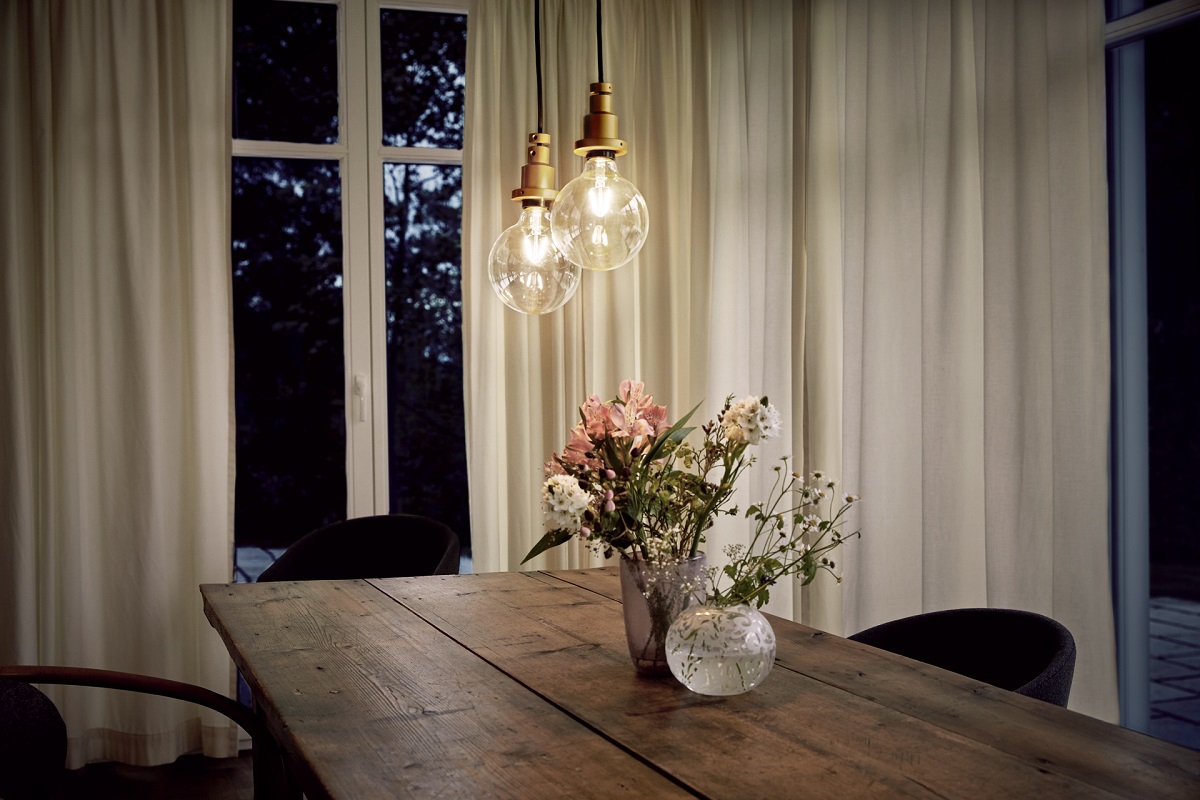

Tableware
What Color Light Is Best For A Dining Room?
Modified: August 28, 2024
Discover the best color light for your dining room to enhance the ambiance and showcase your tableware. Create the perfect setting for memorable meals with the right lighting choice.
(Many of the links in this article redirect to a specific reviewed product. Your purchase of these products through affiliate links helps to generate commission for Storables.com, at no extra cost. Learn more)
Introduction
Welcome to the world of tableware and the importance of choosing the right color light for your dining room. When it comes to creating the perfect ambiance for your meals, the lighting in your dining space plays a crucial role. Not only does it enhance the overall aesthetic appeal, but it also sets the mood for enjoyable conversations and memorable dining experiences.
But with so many options available, you may find yourself wondering what color light is best for a dining room. In this guide, we will explore the factors you need to consider when choosing the perfect light color for your dining space, whether it’s warm or cool light, natural or artificial light. We will also highlight some popular light colors and provide tips to help you make the best decision for your dining room lighting needs.
So let’s dive in and discover how the right color light can transform your dining room into an inviting and enchanting space.
Key Takeaways:
- Choose warm light for a cozy, intimate dining space, or opt for cool light to create a vibrant, modern atmosphere. Consider room size, decor, and personal preference to enhance your dining experience.
- Balance natural and artificial light to create a visually appealing and functional dining room. Experiment with popular light colors and dimming options to set the perfect mood for every occasion.
Read more: What Light Color Is Best For Dining Room
The Importance of Light in a Dining Room
Lighting is a crucial element in any room, but its significance is amplified in a dining room. The right lighting can enhance the overall atmosphere, make the room feel welcoming, and highlight the beauty of your tableware and decor. It sets the tone for intimate family dinners, formal gatherings, or even cozy meals for two.
One of the essential functions of lighting in a dining room is to provide adequate illumination for activities such as food preparation, serving, and dining. Proper lighting ensures that you can see your food clearly and enjoy your meals without straining your eyes.
Additionally, the right lighting can greatly influence the mood and ambiance of your dining space. Soft, warm lighting can create a cozy and intimate atmosphere, while bright, cool lighting can create a more formal and vibrant setting. The right lighting can enhance the aesthetics of your dining room, making it a visually appealing space that compliments your tableware and decor.
Moreover, lighting can also be used to highlight specific features of your dining room. Whether it’s a beautiful centerpiece, a statement wall, or an art piece, the right lighting can draw attention and enhance the focal points in your space.
It’s also worth mentioning the psychological impact of lighting. Studies have shown that lighting can have a significant impact on our mood, emotions, and overall well-being. By choosing the right color light for your dining room, you can create a space that evokes joy, relaxation, or whatever ambiance you desire.
In summary, the importance of light in a dining room cannot be overstated. It influences the functionality, aesthetics, mood, and overall dining experience. So, it’s crucial to thoughtfully select the right light color to achieve the desired atmosphere and create unforgettable dining moments.
Factors to Consider When Choosing Light Color
When it comes to choosing the right light color for your dining room, several factors should be taken into consideration. By considering these factors, you can make an informed decision that best suits your needs and preferences. Let’s explore these factors:
- Room Size: The size of your dining room plays a significant role in determining the light color. In smaller dining rooms, cooler light colors like white or daylight can make the space feel more open and spacious. On the other hand, warmer light colors like soft white or warm white can create a cozy and inviting ambiance in larger dining rooms.
- Decor and Color Scheme: Consider the existing decor and color scheme of your dining room. The light color should complement and enhance the overall aesthetic of the space. For example, if you have a modern and minimalist dining room, cooler light colors may be more suitable. If your dining room has warm hues and a traditional style, warmer light colors can harmonize with the surroundings.
- Functionality: Think about how you will be using your dining room. If it’s primarily used for formal dining and entertaining, you may opt for brighter light colors to create a vibrant and lively atmosphere. If your dining room serves as a multi-purpose space for various activities, consider adjustable lighting options that allow you to customize the light color based on the occasion.
- Personal Preference: Ultimately, your personal preference plays a vital role in choosing the light color for your dining room. Consider the ambiance you want to create and how different light colors make you feel. Experimenting with different options and seeking inspiration from design magazines or online sources can help you determine the light color that resonates with you.
By taking these factors into account, you can narrow down your options and make an informed decision about the light color that will best enhance your dining room and create the desired atmosphere. Remember, the right light color can transform your dining experience and make every meal a delightful event.
Warm Light vs. Cool Light
One of the key considerations when choosing a light color for your dining room is whether you prefer warm light or cool light. Each has its own unique characteristics and can create a distinct atmosphere in your dining space. Let’s explore the differences between warm light and cool light:
Warm Light: Warm light is often associated with a cozy and inviting ambiance. It has a yellow or amber hue, resembling the glow of a candle or a sunset. Warm light creates a sense of warmth and intimacy, making it ideal for intimate dinners or relaxed gatherings. It can also make wood finishes and warm-colored decor elements appear richer and more vibrant. Warm light is commonly achieved with incandescent or halogen bulbs.
Cool Light: Cool light, also known as daylight or natural light, has a bluish-white hue. It replicates the color temperature of natural daylight and gives a brighter, more energetic feel to a room. Cool light is often associated with a more modern and contemporary aesthetic. It can make colors appear sharper and cooler, making it suitable for formal dining occasions or spaces with cooler color schemes. Cool light is commonly achieved with fluorescent or LED bulbs.
Choosing between warm light and cool light depends on various factors, such as personal preference, room size, decor style, and the desired atmosphere. If you want a cozy and inviting dining space, warm light can create a relaxing ambiance. It can make the room feel intimate and comfortable. However, if you prefer a more vibrant and energizing environment, cool light can provide a brighter, more focused illumination.
It’s important to note that different light sources have different color temperature ratings measured in Kelvin (K). Warmer light typically falls between 2700K to 3000K, while cooler light ranges between 5000K to 6500K. Consider the desired mood and functionality of your dining space when selecting the appropriate color temperature.
Ultimately, the choice between warm light and cool light depends on your personal taste, the mood you want to create in your dining room, and how it complements your overall decor. You can also consider a combination of warm and cool light to create depth and versatility in your dining space.
By carefully considering the characteristics of warm light and cool light, you can determine which one aligns with your vision and transforms your dining room into a space that reflects your style and enhances your dining experiences.
Consider using warm white or soft white light bulbs with a color temperature of 2700-3000K for a cozy and inviting atmosphere in the dining room. Avoid cool white or daylight bulbs, which can create a harsh and uninviting ambiance.
Natural Light vs. Artificial Light
When it comes to illuminating your dining room, you have the option to utilize both natural light and artificial light sources. Both have their own unique advantages and considerations. Let’s take a closer look at natural light and artificial light:
Natural Light: Natural light refers to the illumination provided by the sun during daylight hours. It is a prized feature in any space as it creates a sense of openness, freshness, and connection to the outdoors. Natural light has a dynamic and ever-changing quality, creating a visually pleasing and natural ambiance in your dining room.
There are several benefits of utilizing natural light in your dining area. Firstly, it enhances the aesthetic appeal of the space by providing a soft and diffused illumination. Natural light can also make colors appear vibrant and true to life, allowing your tableware and dining decor to shine. Another advantage is the potential energy savings since you don’t have to rely as heavily on artificial lighting during daylight hours.
However, it’s important to be mindful of the potential challenges posed by natural light. Direct sunlight can cause glare and make it uncomfortable to dine during certain times of the day. It can also cause fading or damage to certain materials and fabrics over time. To mitigate these issues, you can utilize window treatments like blinds or curtains to control the intensity of natural light entering your dining room.
Artificial Light: Artificial light is any light source that is not derived from the sun. This can include incandescent bulbs, fluorescent tubes, or LED fixtures. Artificial light provides consistent and controllable illumination in your dining room, regardless of the time of day or weather conditions.
There are several advantages to using artificial light in your dining room. Firstly, you have full control over the intensity, color, and direction of the light. This allows you to create a specific ambiance and highlight certain features or areas of your dining space. Additionally, artificial light can provide a dependable and consistent source of illumination, particularly in the evenings or in rooms with limited access to natural light.
When selecting artificial light sources for your dining room, it’s important to consider factors such as color temperature and energy efficiency. LED bulbs are a popular choice for their versatility, long lifespan, and energy-saving benefits. They are available in a wide range of color temperatures, allowing you to achieve warm or cool light based on your preferences.
In summary, both natural light and artificial light have their own merits. Natural light brings a sense of brightness and connection to the outdoors, while artificial light provides control and consistency. You can utilize a combination of both, taking advantage of natural light during the day and supplementing it with well-designed artificial lighting during the evenings. By striking the right balance, you can create a dining room that is both functional and visually appealing.
Read more: What Kind Of Lighting For Dining Room
Popular Light Colors for Dining Rooms
Choosing the right light color can greatly influence the ambiance and overall aesthetic of your dining room. Here are some popular light colors that can transform your dining space into a delightful and inviting area:
- Soft White: Soft white light is a popular choice for dining rooms as it creates a warm and cozy ambiance. It has a slightly yellowish hue that adds a soft glow to the room, making it perfect for intimate dinners or relaxed gatherings. Soft white light complements various decor styles and color schemes, making it a versatile option for any dining room.
- Warm White: Warm white light is similar to soft white light but with a slightly brighter tone. It emits a warm, inviting glow that enhances the richness and warmth of your dining space. Warm white light works particularly well with traditional and rustic decor styles, adding a touch of elegance to the room.
- Cool White: Cool white light has a higher color temperature, giving it a cleaner and crisper appearance. It provides a brighter and more vibrant illumination, making it suitable for formal dining occasions or spaces with cooler color palettes. Cool white light works well in modern and contemporary dining rooms, adding a sleek and sophisticated touch.
- Daylight: Daylight light color closely resembles natural daylight, creating a bright and energizing atmosphere in your dining room. This type of light color is ideal for spaces that require optimal visibility, such as when performing tasks or showcasing artwork. Daylight light can make colors pop and create a cheerful and vibrant environment.
- Dimmable Lighting: Dimmable lighting allows you to adjust the light intensity and color temperature based on your needs and preferences. This versatile option gives you the flexibility to create different moods in your dining room, whether it’s a romantic candlelit dinner or a bright and lively gathering. Dimmable lighting can be achieved with various light sources, such as LED bulbs or smart lighting systems.
It’s important to note that the popularity of light colors may vary depending on individual preferences and current design trends. Some homeowners may prefer unique or bold light colors to create a personalized and distinctive dining experience. It’s all about finding the light color that best reflects your style and immerses you in a delightful dining atmosphere.
Consider experimenting with different light colors, either by using different bulbs or utilizing smart lighting systems that allow you to customize the color and intensity. This way, you can find the perfect light color that enhances the beauty of your dining room and creates a memorable dining experience for you and your guests.
Tips for Choosing the Best Light Color
Choosing the best light color for your dining room can have a significant impact on the overall ambiance and atmosphere. Here are some tips to help you make an informed decision:
- Consider the Function: Think about how you will be using your dining room. If it’s primarily a space for formal dining and entertaining, you may want to opt for brighter light colors that create a vibrant and lively atmosphere. If your dining room serves multiple purposes, such as a workspace or a homework area, consider adjustable lighting options that allow you to customize the light color accordingly.
- Take Room Size into Account: The size of your dining room plays a role in determining the ideal light color. In smaller dining rooms, cooler light colors like white or daylight can make the space appear bigger and more open. In larger dining rooms, warmer light colors like soft white or warm white can create a cozy and intimate ambiance.
- Coordinate with Decor: Consider the existing decor and color scheme in your dining room. The light color you choose should complement and enhance the overall aesthetic. For example, if you have a modern and minimalist dining room, cooler light colors may be more suitable, while warmer light colors can harmonize well with warmer color palettes or traditional decor styles.
- Experiment with Dimming Options: Consider incorporating dimming options into your dining room lighting design. Dimmable lighting allows you to adjust the light intensity and create various moods, from soft and romantic to bright and energetic. Dimming options can be achieved through dimmable light bulbs or smart lighting systems that offer customizable settings.
- Consider Natural Light: If your dining room receives ample natural light, take advantage of it. Incorporate window treatments that allow you to control the intensity and direction of natural light. This way, you can balance it with artificial lighting and create a harmonious blend that suits your desired ambiance.
- Personal Preference Matters: Ultimately, your personal preference plays a key role in choosing the best light color for your dining room. Consider the ambiance you want to create and how different light colors make you feel. Visit lighting showrooms, consult with professionals, or browse online for inspiration to help you visualize the effect of different light colors in your dining room.
Remember, choosing the best light color for your dining room is a personal decision that should align with your taste, style, and desired atmosphere. Take the time to explore different options and consider these tips to find the perfect light color that will illuminate your dining room and create a truly enchanting dining experience.
Conclusion
Choosing the right light color for your dining room is an important decision that can greatly impact the ambiance and overall dining experience. Whether you opt for warm light or cool light, natural light or artificial light, the key is to create a space that reflects your style and enhances the beauty of your dining area.
Consider factors such as room size, decor, functionality, and personal preference when selecting the light color. The size of your dining room will affect the choice between warm or cool light, while the decor and color scheme of the space should be taken into account for a cohesive and harmonious look.
Don’t forget the importance of natural light. If your dining room has access to ample daylight, embrace it and find ways to balance it with artificial lighting for optimal illumination throughout the day.
Experiment with different light colors, dimming options, and combinations to create the desired mood and ambiance. Whether you prefer a cozy and intimate atmosphere or a brighter and more energetic setting, there is a light color that will suit your taste and meet your functional needs.
Ultimately, the goal is to create a dining room that is not only visually appealing but also enhances the overall dining experience. By carefully selecting the right light color, you can transform your dining room into a welcoming space where delicious meals are enjoyed, conversations flow, and memorable moments are created.
Take the time to explore various options, seek inspiration, and trust your instincts in choosing the best light color that aligns with your style and creates the perfect ambiance for your dining room. With the right light color, your dining room will become the heart of your home, a place where cherished memories are made and shared for years to come.
Frequently Asked Questions about What Color Light Is Best For A Dining Room?
Was this page helpful?
At Storables.com, we guarantee accurate and reliable information. Our content, validated by Expert Board Contributors, is crafted following stringent Editorial Policies. We're committed to providing you with well-researched, expert-backed insights for all your informational needs.
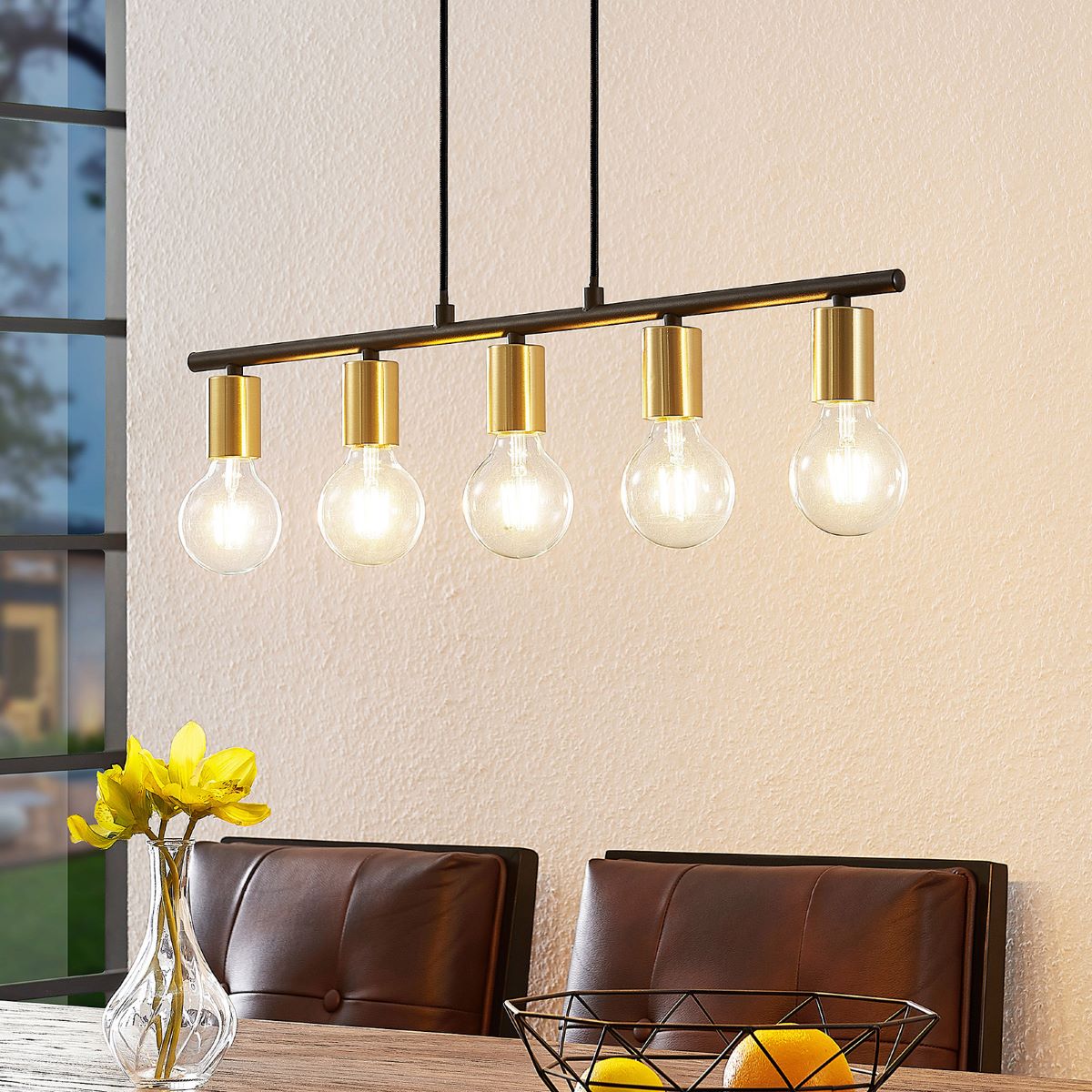
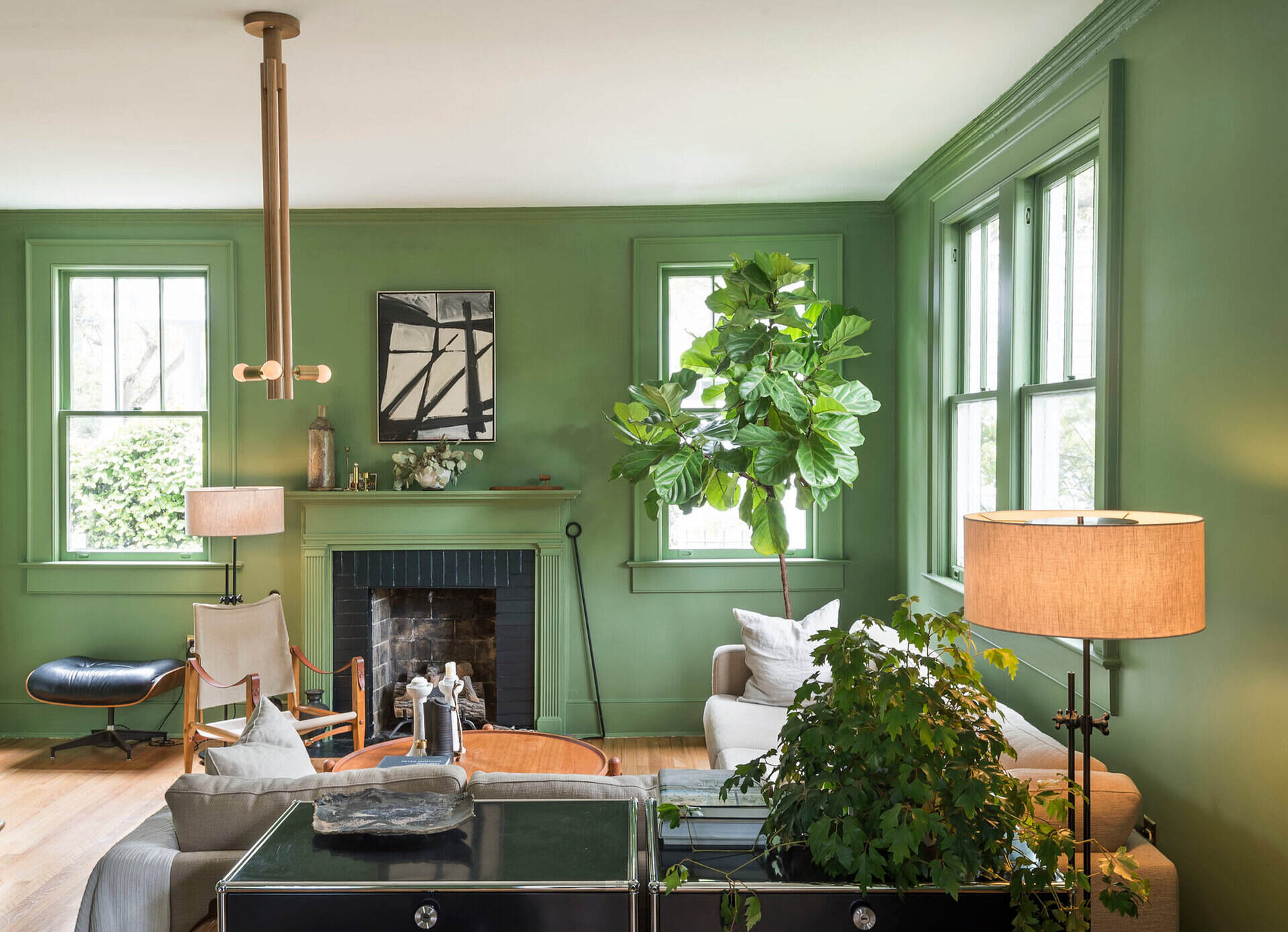
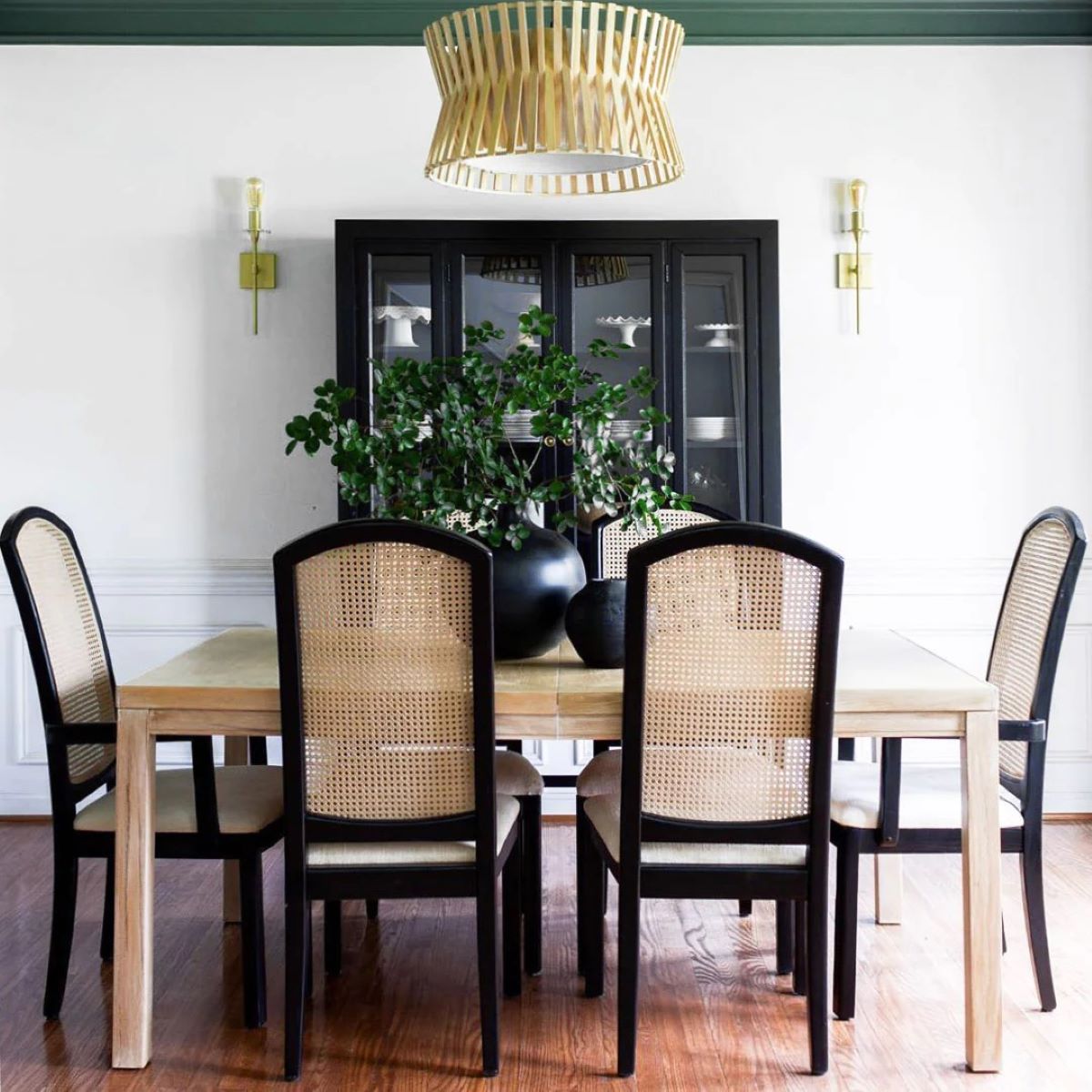
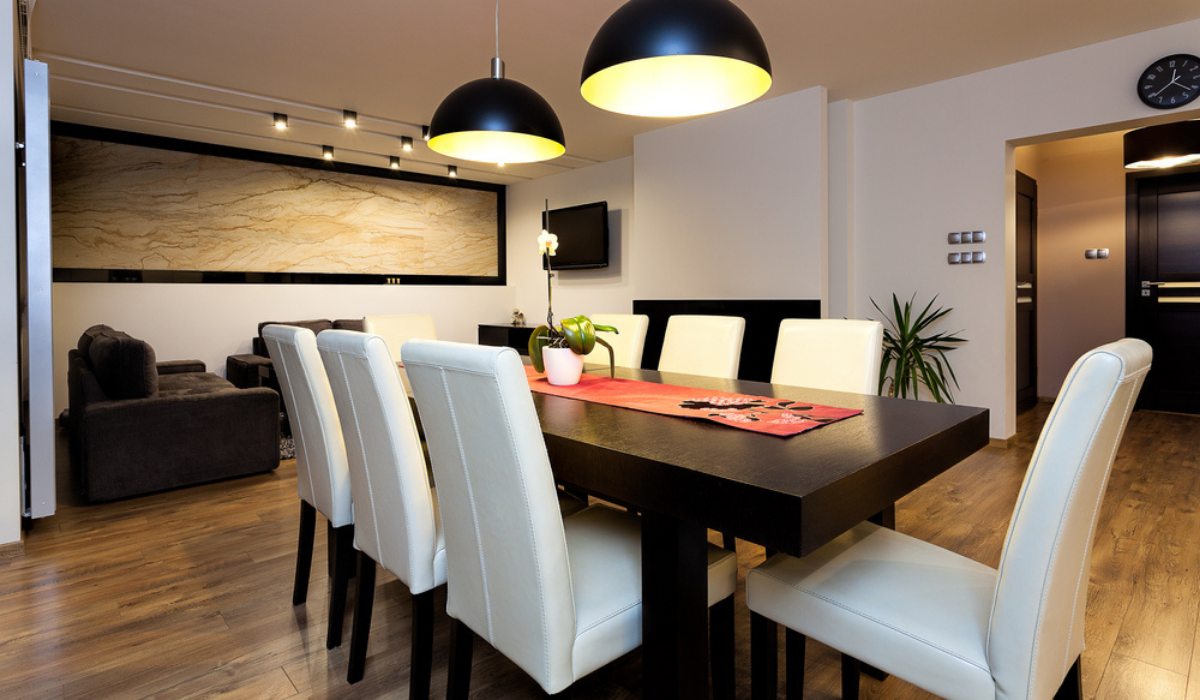
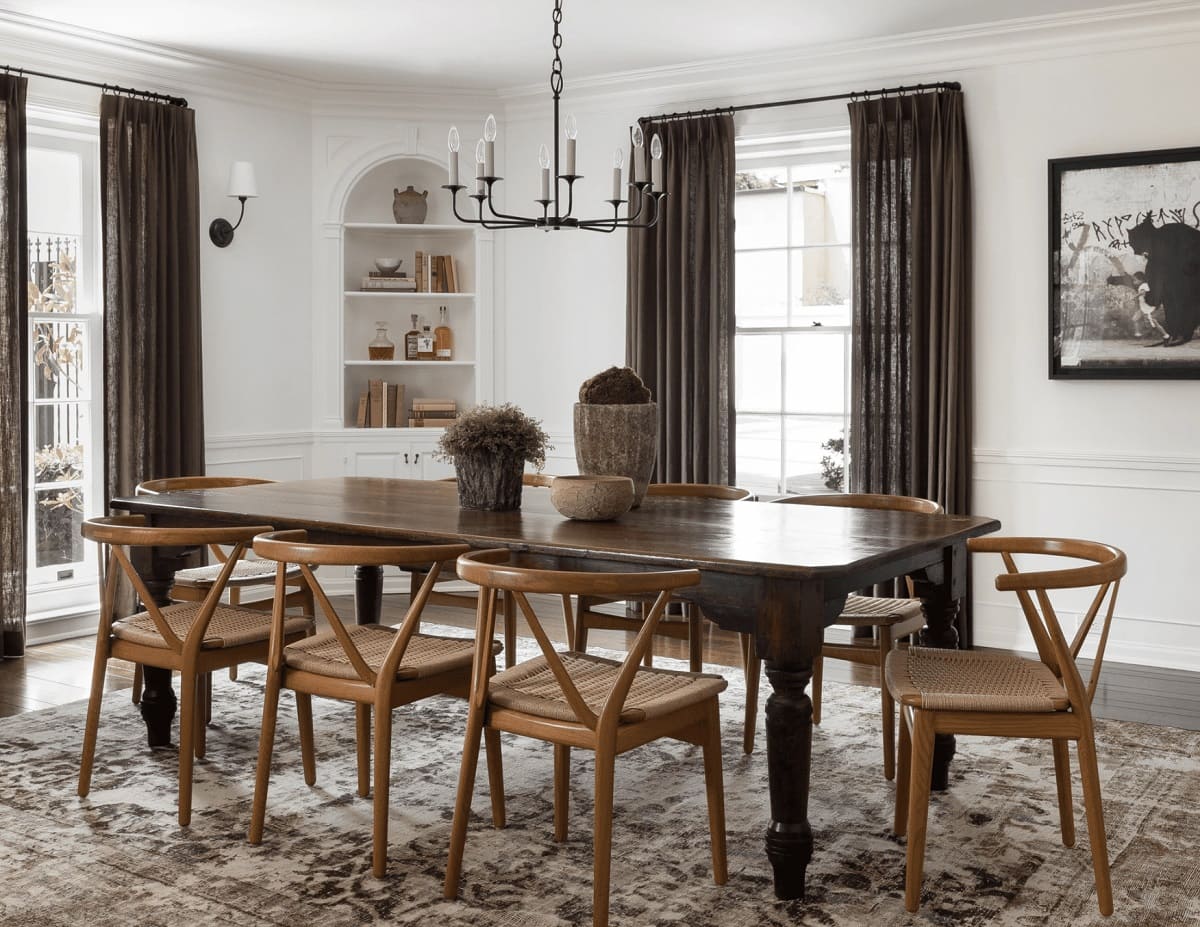

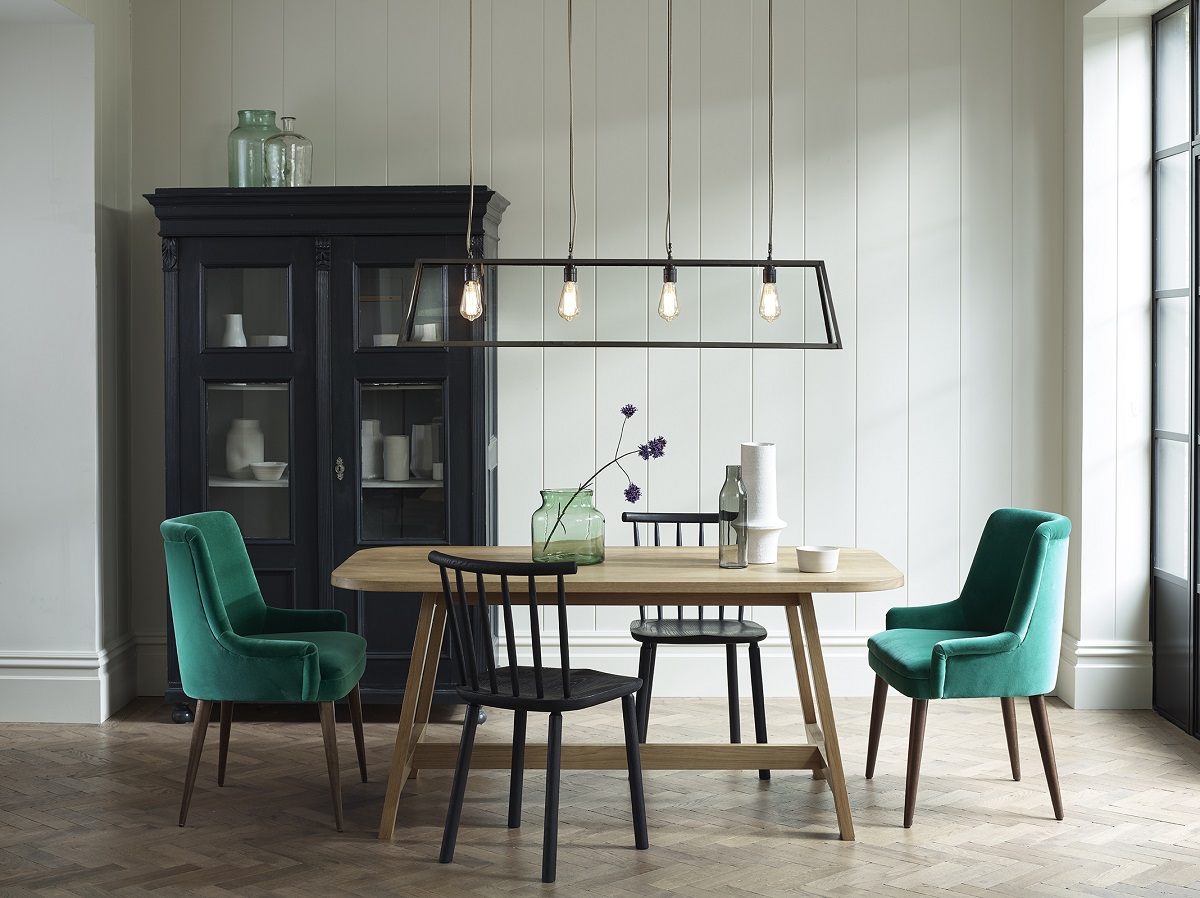
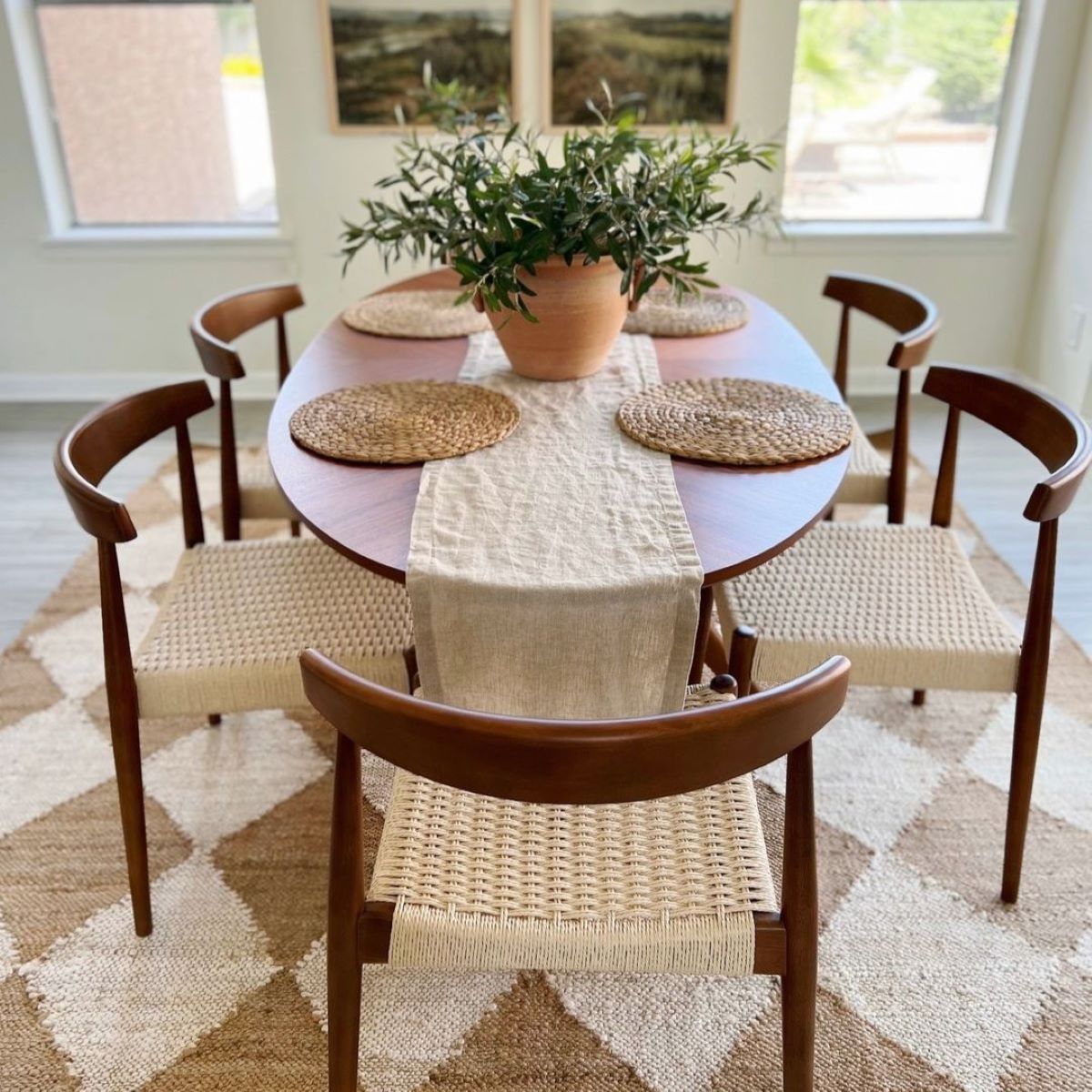
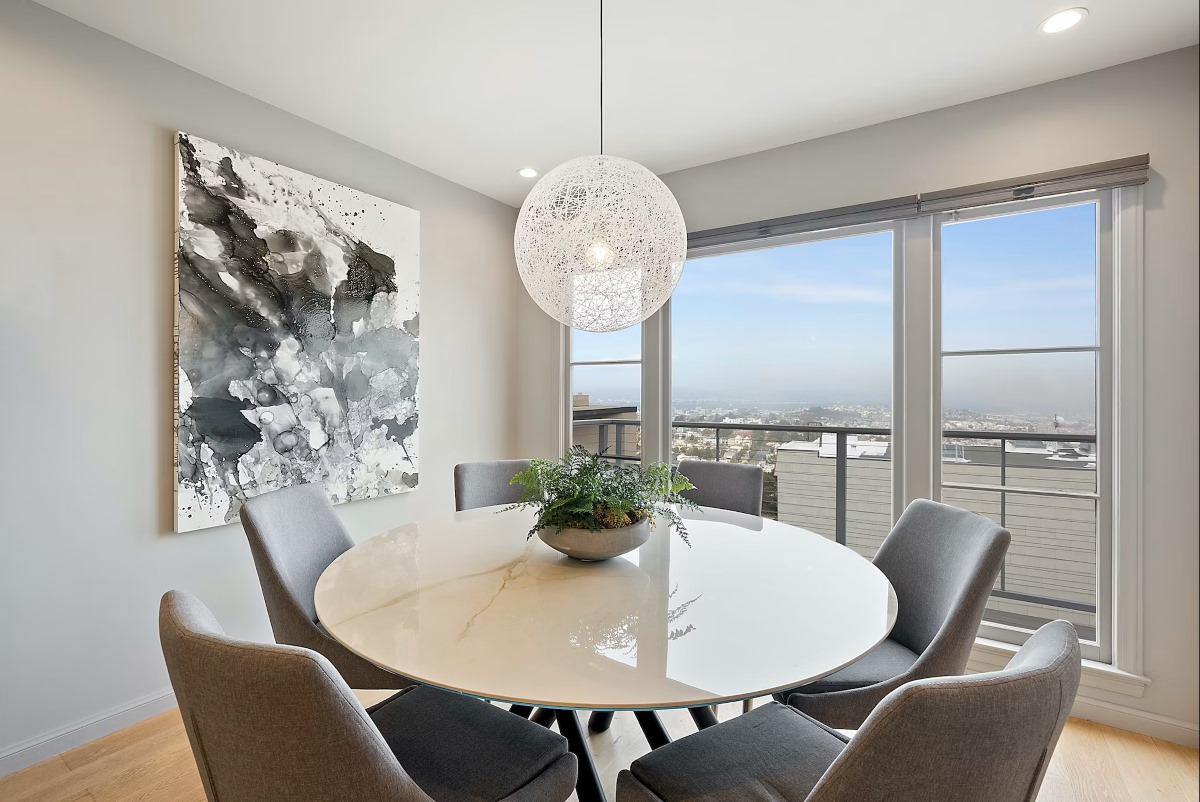
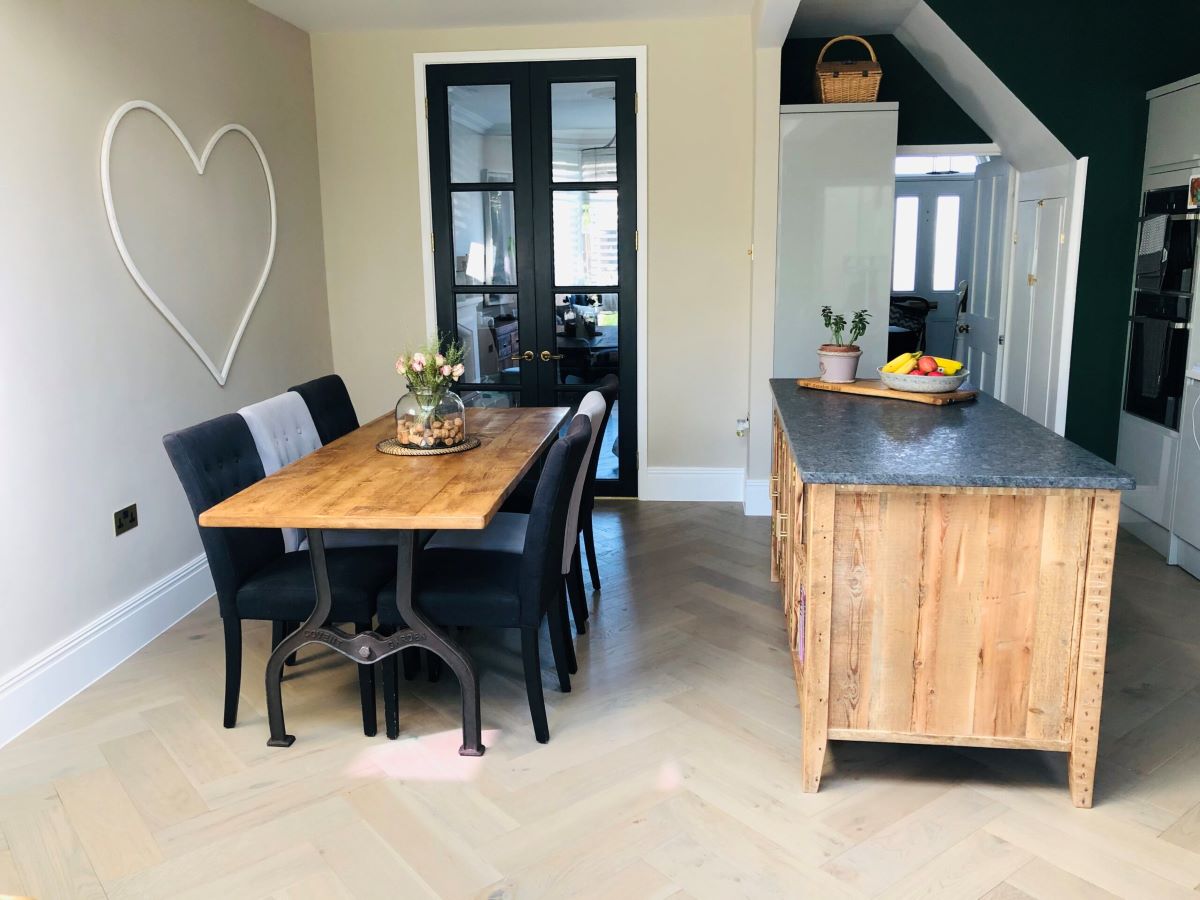
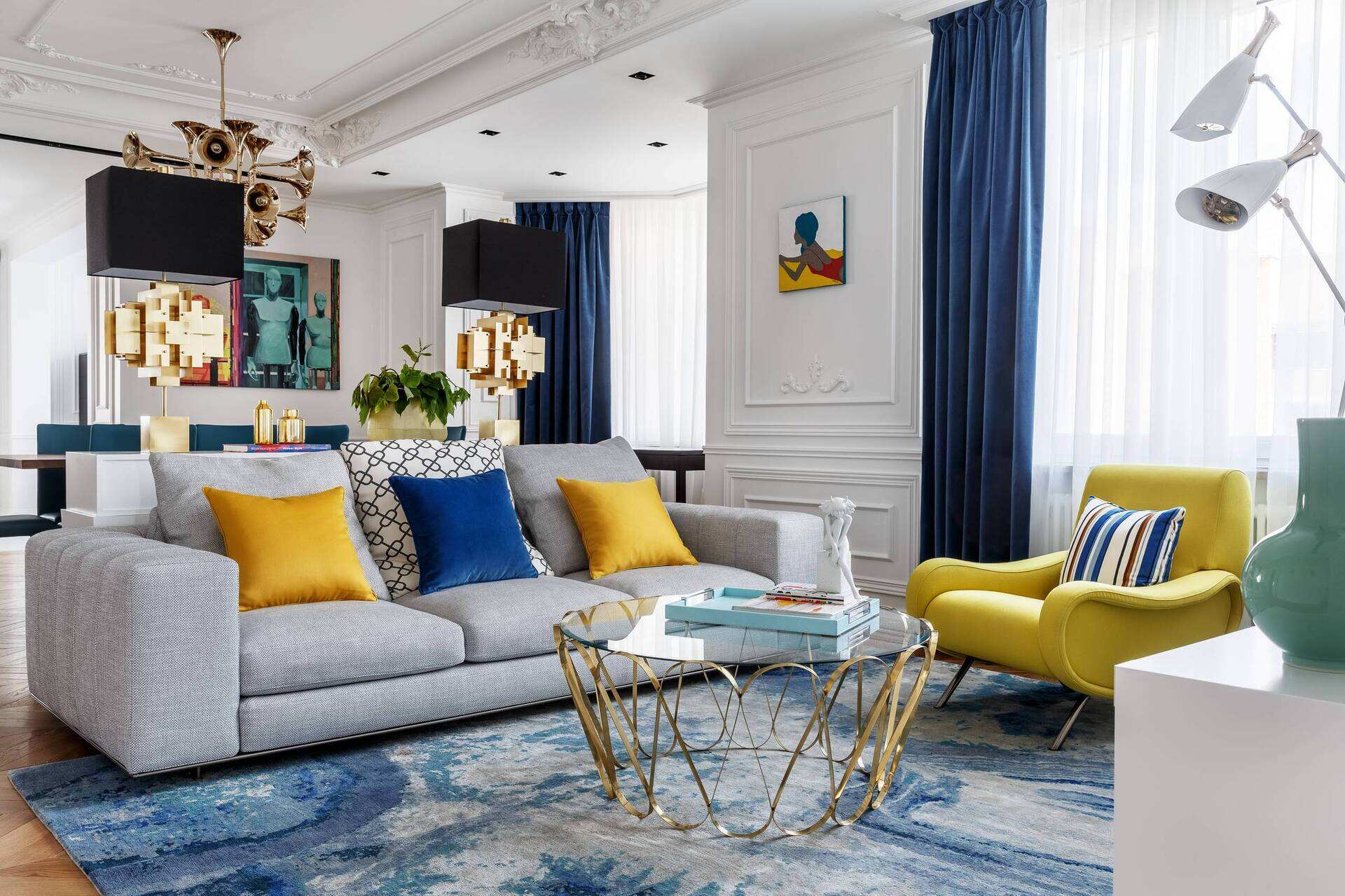
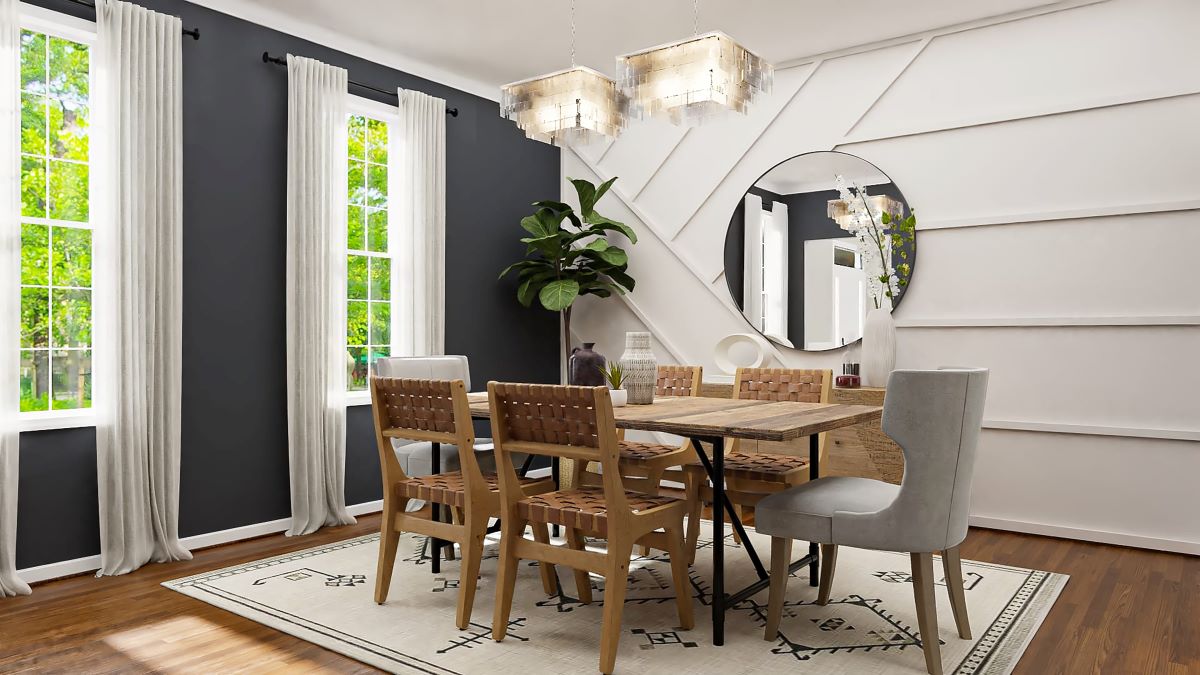
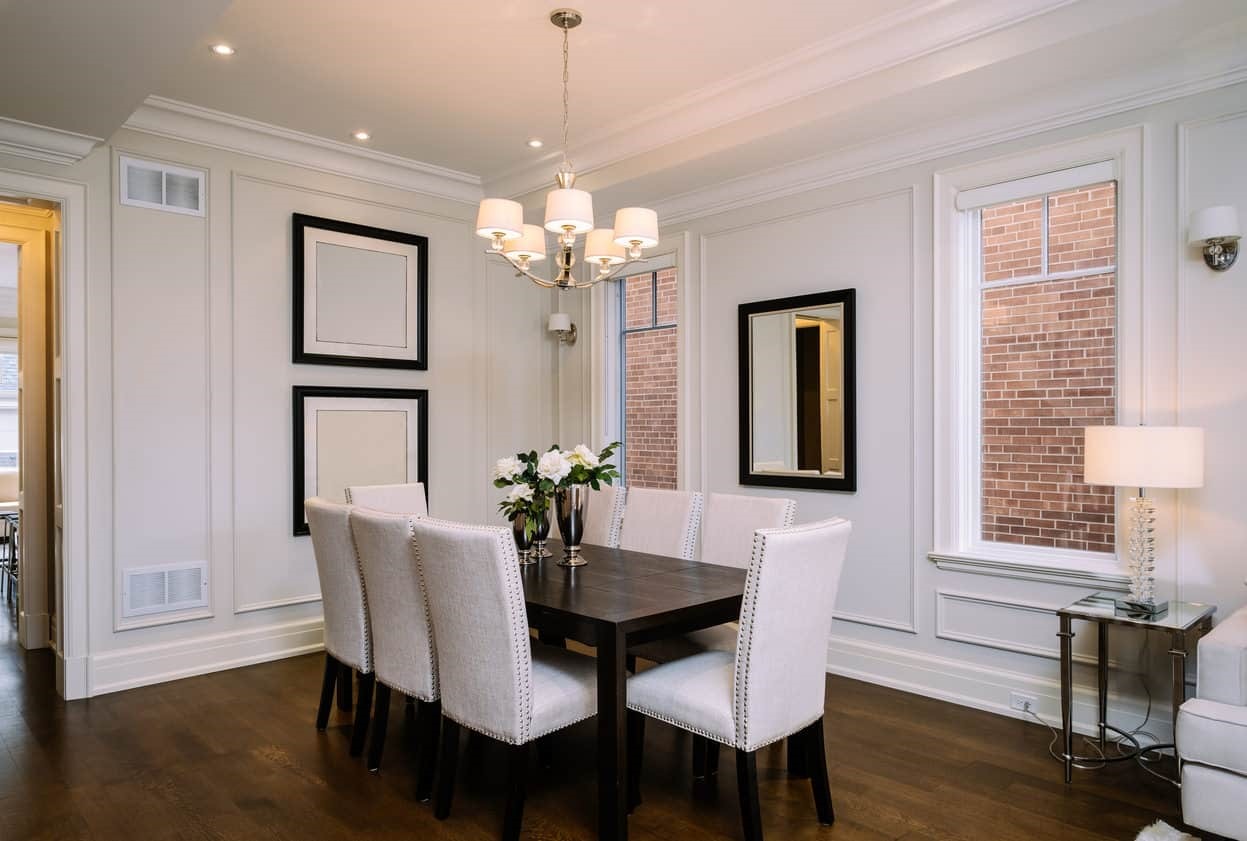
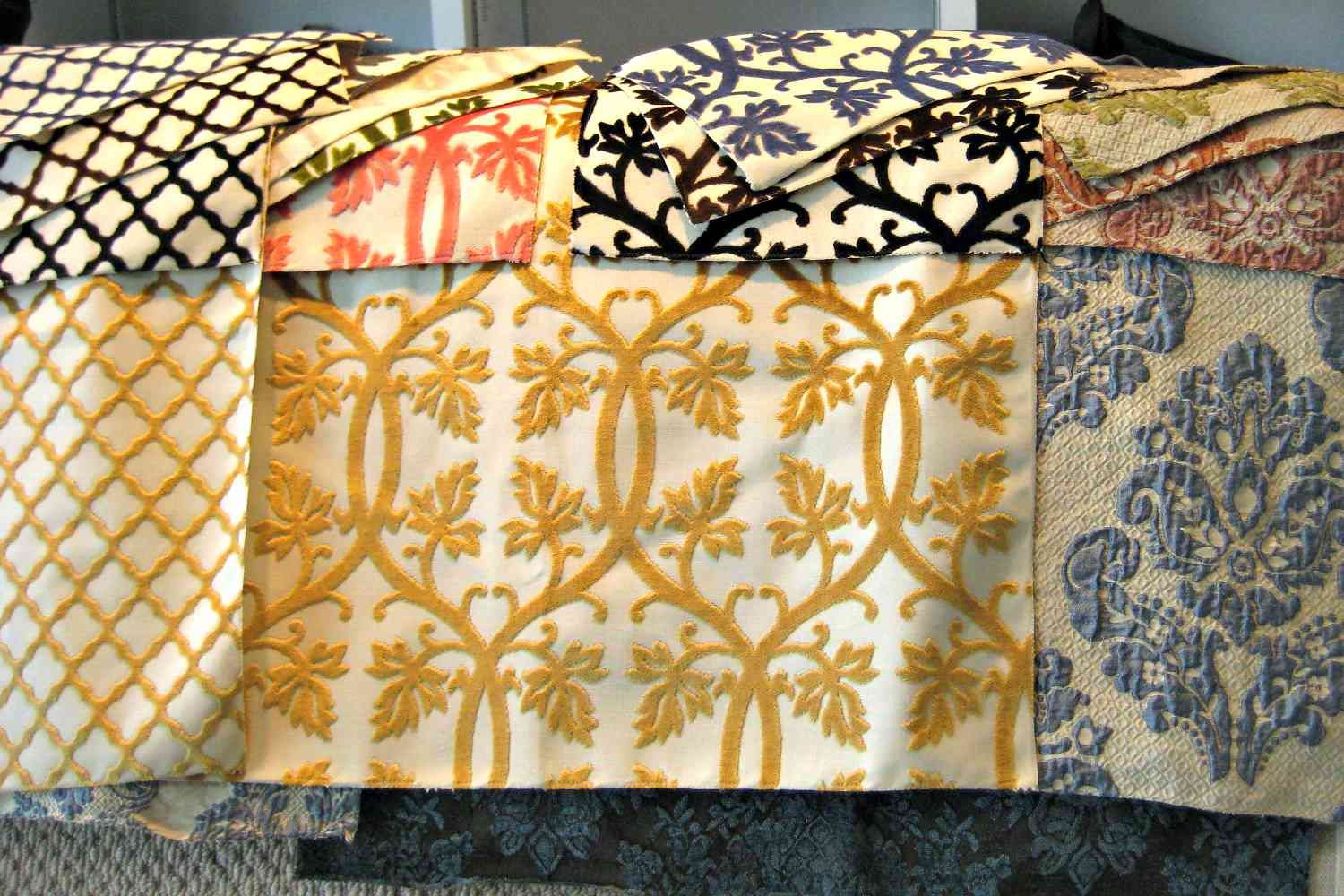

0 thoughts on “What Color Light Is Best For A Dining Room?”